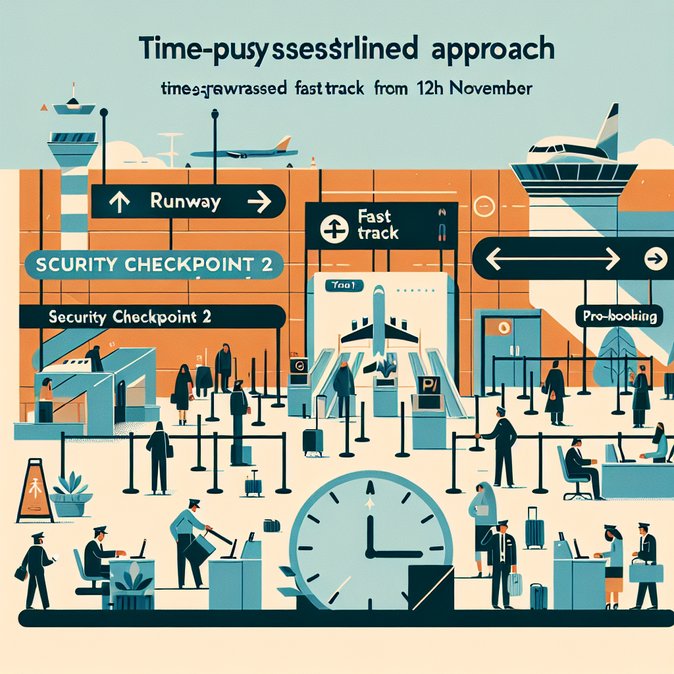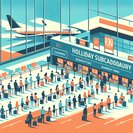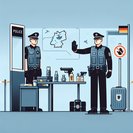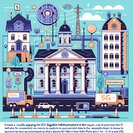
Berlin Brandenburg Airport (BER) quietly shifted its bookable fast-track security product ‘BER Runway’ to Security Checkpoint 2 in Terminal 1 as of 12 November, making access easier for passengers who check in on the departures level’s right-hand side. The lane is open daily from 04:00 to 20:45; travellers outside these hours must use general screening.
BER Runway allows passengers to pre-reserve 15-minute time slots free of charge, complementing the airport’s BER Biometrics facial-recognition service that lets registered users clear security without displaying a boarding pass. The relocation consolidates premium, priority and biometric flows in one area next to the Priority Lane.
![Berlin Brandenburg Airport relocates ‘BER Runway’ fast-track lane to Security 2]()
For corporate travellers the change removes the previous detour to Security 4 and may shave five minutes off processing at a terminal that still sees morning peaks of 30-minute queues. Travel managers should update airport-arrival guidance in German-assignment packs and encourage staff to pre-book slots; 21 percent of Runway users in Q3 were business travellers, according to the airport.
The move is part of BER’s broader digitisation push; five years after opening, the airport now handles 100 million cumulative passengers and has installed 24 computed-tomography (CT) scanners covering two-thirds of pax. The operator plans to extend Runway to Terminal 2 once staffing allows.
Passengers are reminded that liquids and electronics may remain in bags at CT lanes, but standard 100-millilitre rules still apply until EU regulators finalise new screening directives.
BER Runway allows passengers to pre-reserve 15-minute time slots free of charge, complementing the airport’s BER Biometrics facial-recognition service that lets registered users clear security without displaying a boarding pass. The relocation consolidates premium, priority and biometric flows in one area next to the Priority Lane.

For corporate travellers the change removes the previous detour to Security 4 and may shave five minutes off processing at a terminal that still sees morning peaks of 30-minute queues. Travel managers should update airport-arrival guidance in German-assignment packs and encourage staff to pre-book slots; 21 percent of Runway users in Q3 were business travellers, according to the airport.
The move is part of BER’s broader digitisation push; five years after opening, the airport now handles 100 million cumulative passengers and has installed 24 computed-tomography (CT) scanners covering two-thirds of pax. The operator plans to extend Runway to Terminal 2 once staffing allows.
Passengers are reminded that liquids and electronics may remain in bags at CT lanes, but standard 100-millilitre rules still apply until EU regulators finalise new screening directives.






